Harmonic Canon
““Bloody hell that was good” ”
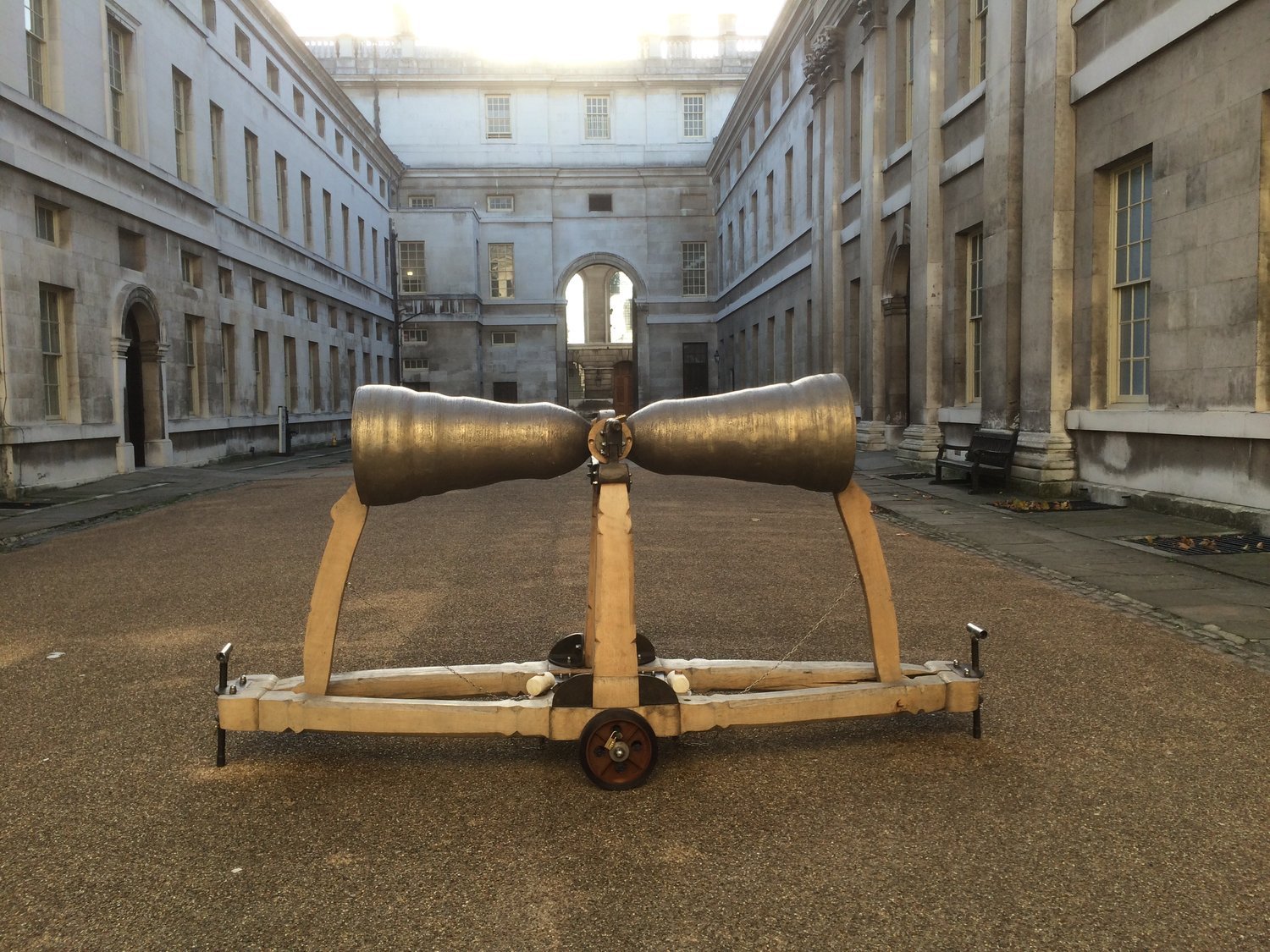
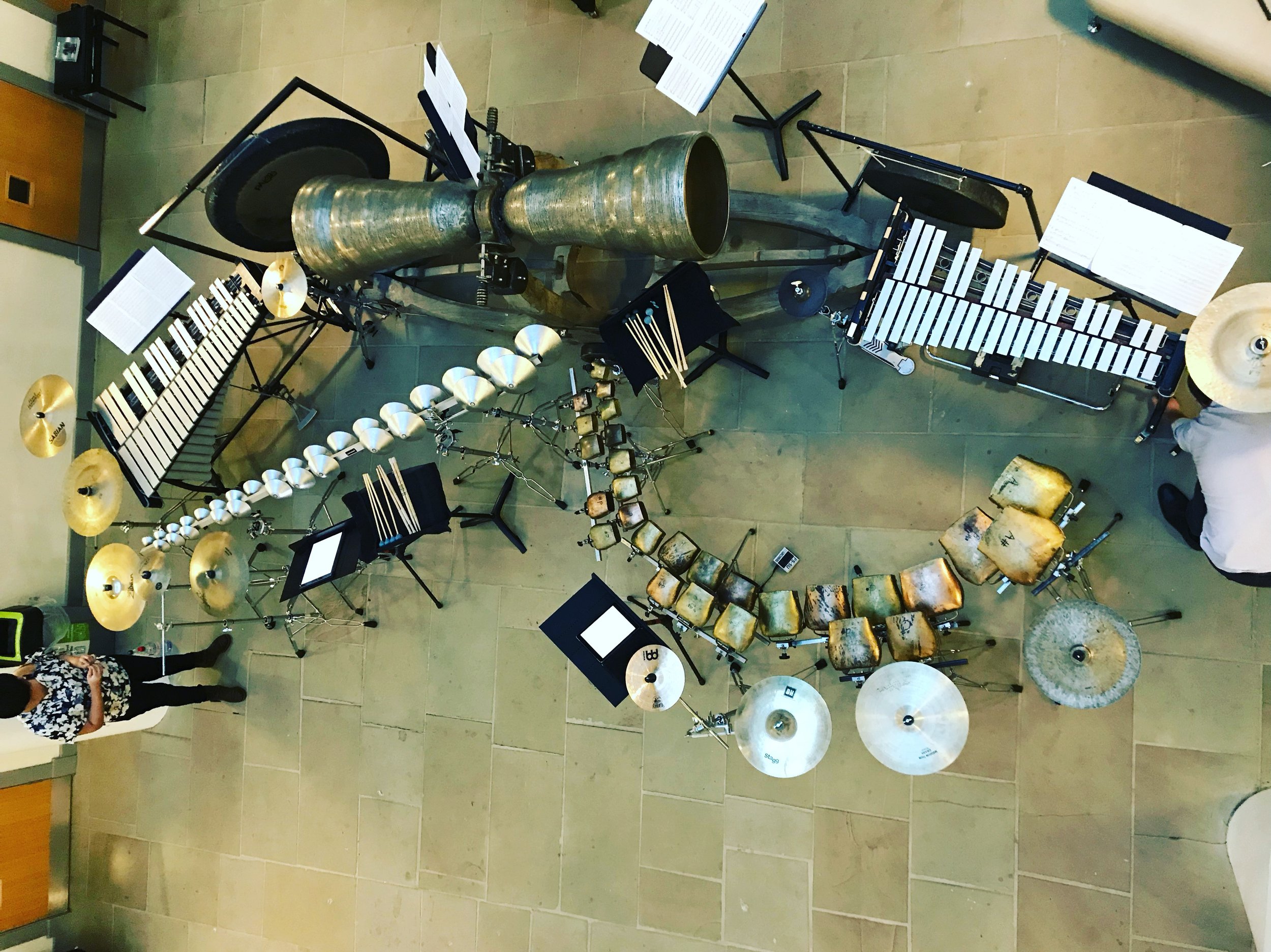
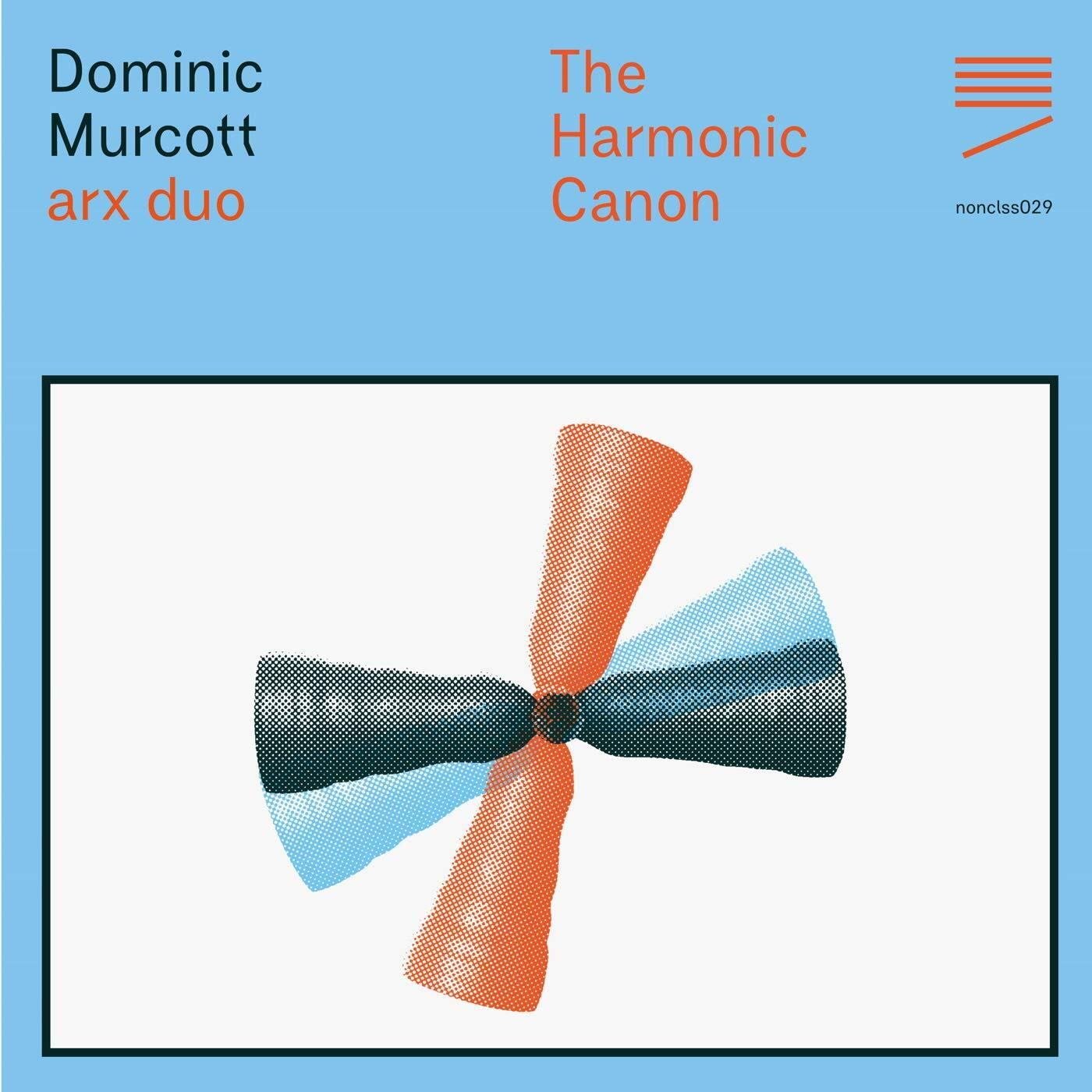
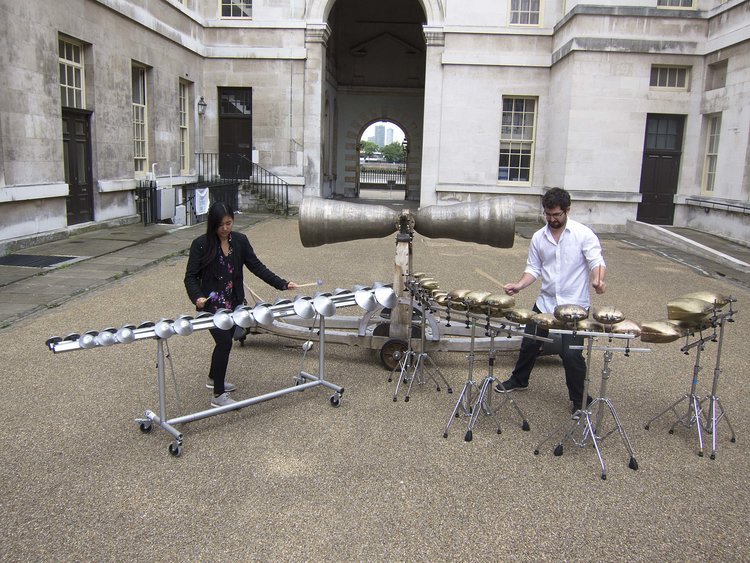

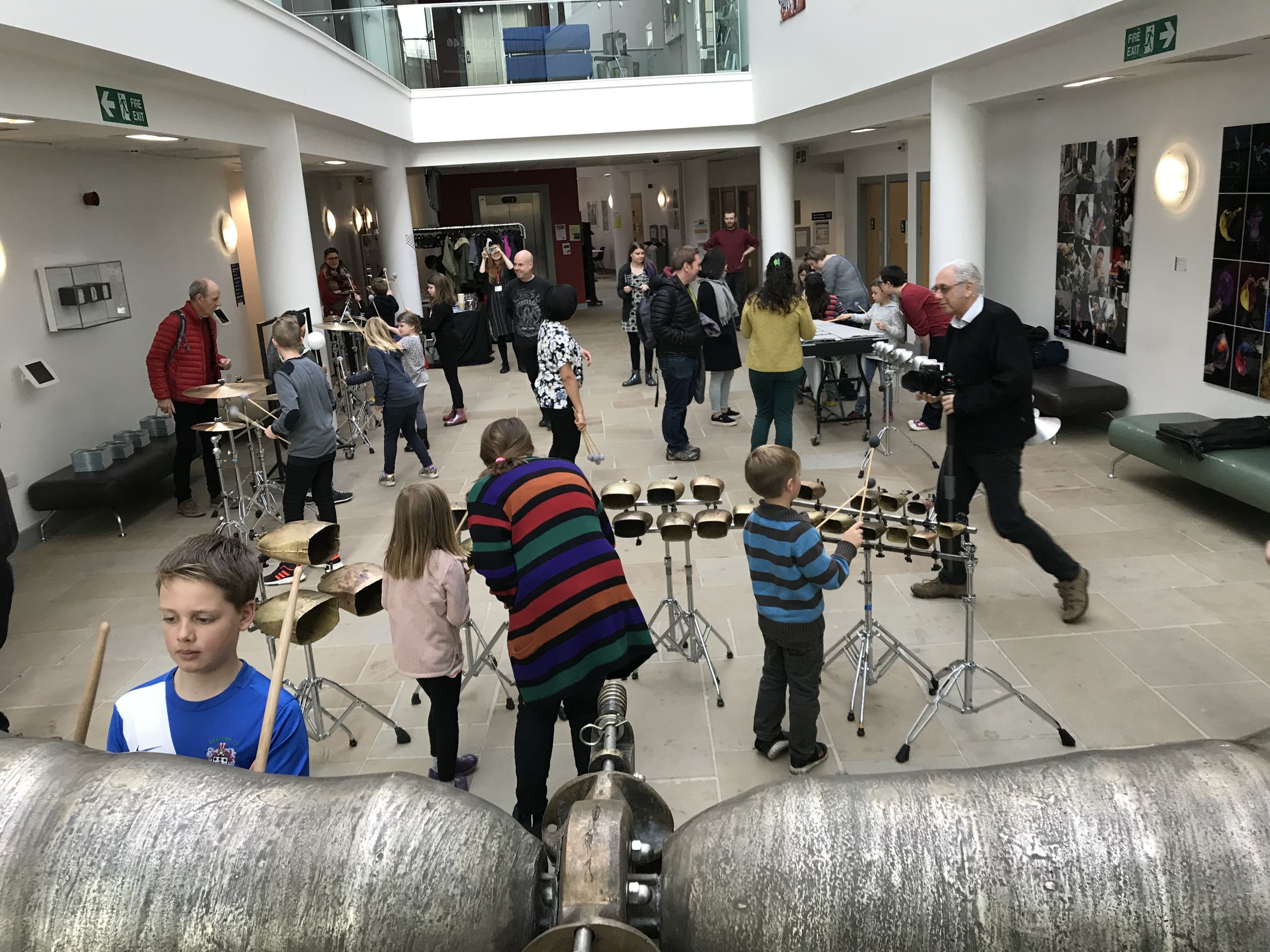
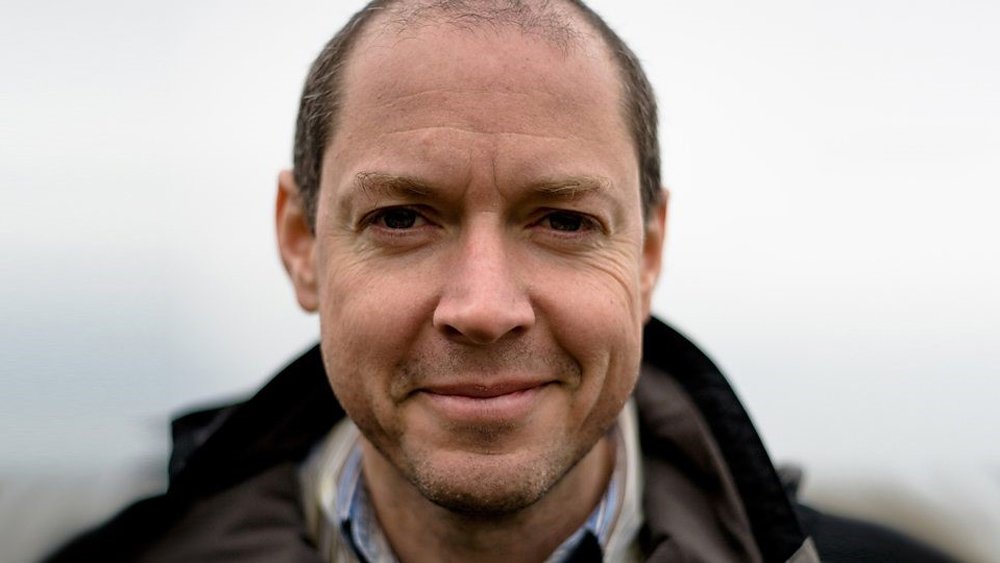
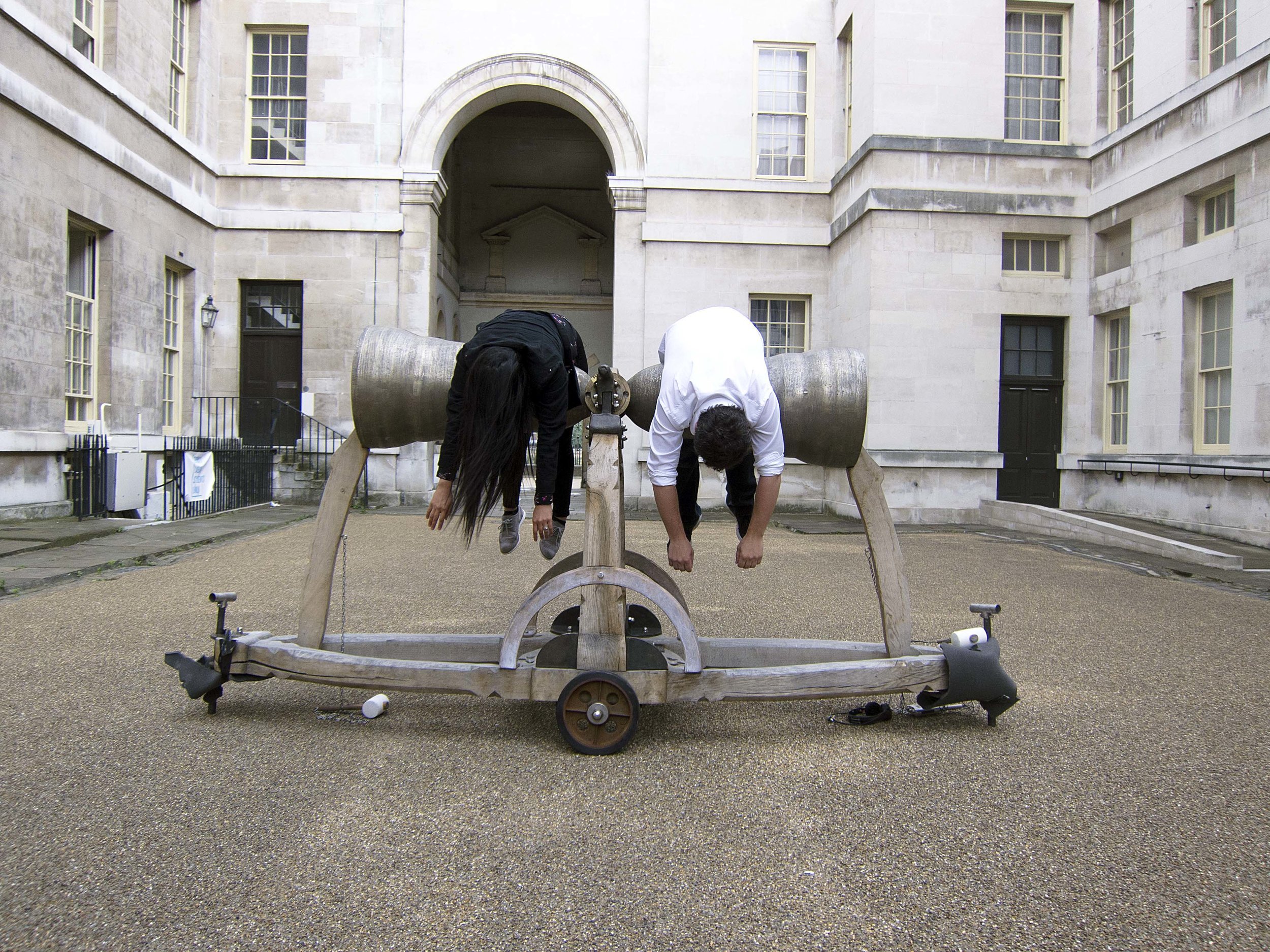
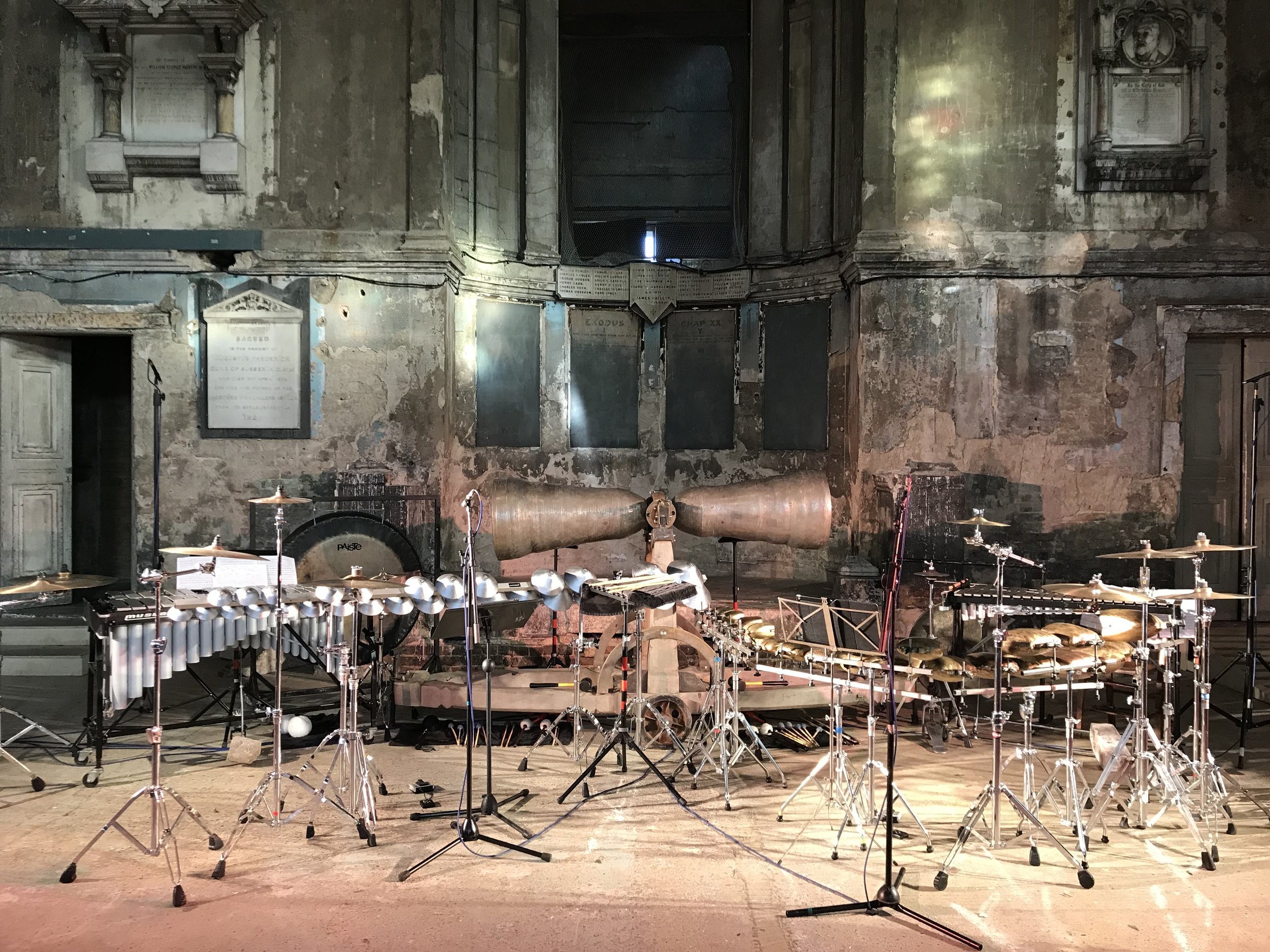
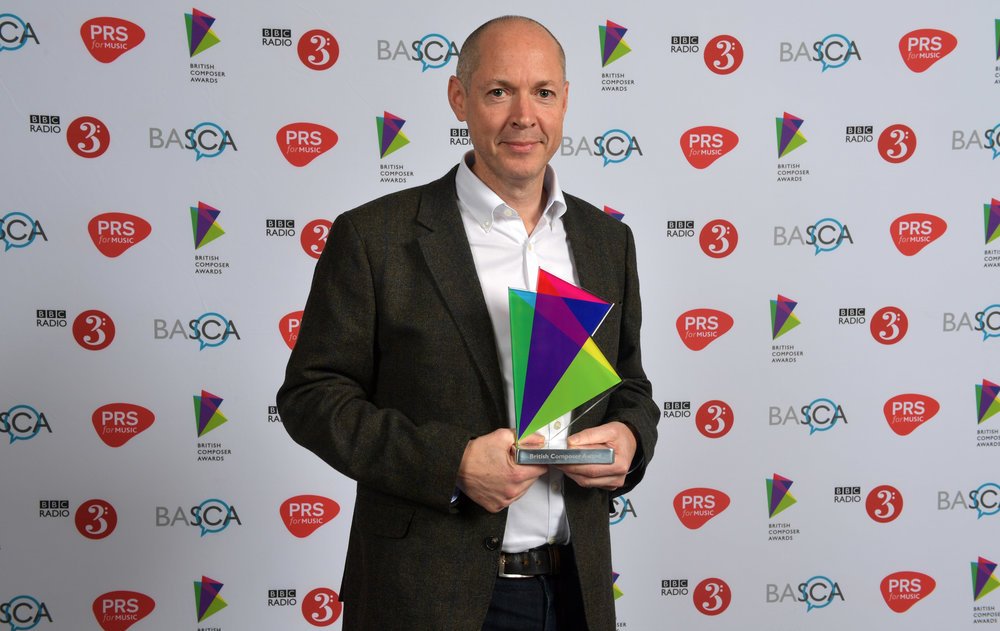
About this Collaboration
Created in collaboration with sculptor Marcus Vergette, The Harmonic Canon is both the name of the piece and the double bell that was custom-made for it. Comprising of two bells tuned a semitone apart, The Bell (8 feet long, and feet tall) was created using Finite Element Analysis, a type of structural analysis that determines the vibration patterns of the bell, manipulating its harmonic series to create a complex series of frequencies that make up a note. The result is a sound world that straddles consonance and dissonance, murky and clear, pure and distorted. Parts of the bells are in tune with each other, while others are out of tune, creating a unique ‘beating’ between the bells. Oh – and did we mention it spins?
‘I came up with the idea of a series of 21-minute pieces in conversation with Gabriel Prokofiev,’ says Dominic. ‘The perfect length for one side of vinyl, it is also a message of intent and a gentle demand for the track-skipping listener.’
Part One is made up of rapid, high energy, virtuosic passages, articulated with the ominous striking of the bell while the second part contrasts with a single resonant tone that evolves and shifts over time. This is part of nonclassical’s 21 Minutes series, a new project commissioning 21-minute pieces.
In addition to being a spectacle of performance, The Bell has a unique engagement element as it is a giant sculpture, intended to be brought in front of audiences on stage, as well as to be played. Practically indestructible (fingers crossed) The Bell can be struck and always make sound, bringing the audience up close and personal to the music making, and the intrigue of The Harmonic Canon. Visually stimulating, to prepare the audience for the piece Dominic has held many workshops, creating a way in which the audience can also perform on The Harmonic Canon, before and during the performance, in addition to watching what he has beautifully written out get played in a very demanding and athletic performance.
about the composer
The bell in Action
Dominic Murcott is a composer, percussionist, curator and educator based in London. Much of his work combines acoustic instruments with computers, film and other media. He has a continuing interest in work that is personalised for specific performers and has created acoustic/electronic pieces for trumpeter Noel Langley, percussionist Joby Burgess, clarinetist Joan Enric Lluna, harpist Sioned Williams and the Elysian String Quartet among many others.He has taken an unusual path to his current position, starting out as a self taught musician, his early career included playing drums with no-wave pioneers ‘Blurt’ and composing for the highly successful V-Tol Dance Company throughout their ten-year history. Changing from drums to vibraphone he became a member of art-pop band The High Llamas and has played on records by many influential artists including Stereolab and Pavement. His PhD is from Goldsmiths College, University of London and explores the relationship between computers, performers and film as well as devising methods of live score generation.In April 2012 he curated the critically acclaimed festival “Impossible Brilliance: The Music of Conlon Nancarrow” at London’s Southbank Centre, contributing among other things new Nancarrow arrangements for the London Sinfonietta. This was followed in 2015 by a two-week Nancarrow festival at the Whitney Museum of American Art, an event named by the New York Times as one of their highlights of 2015 and featured yet more Nancarrow arrangements for Alarm Will Sound. After several years of research he has become one a small number of Nancarrow experts and has given lectures and talks on the subject throughout the UK as well as in Japan, the US and keynote presentation in Nancarrow’s native Mexico City as part of his centenary celebrations.Recent compositions have included sonically questioning works for younger players as well as MT Modulation, an open score work for CoMA (Contemporary Music for All). Dominic took over the running of the Trinity Laban Composition Department in 2003 and it has become renowned for its inventive ‘fine arts’ approach to music making, the integration of acoustic composition and sonic arts, and the championing of individuality. His role includes the supervision and examining of practice-based PhDs, in particular those that include composition and multimedia.